Ἐχθρὸν δέ μοί ἐστιν
αὖτις ἀριζήλως εἰρημένα μυθολογεύειν.
What I hate is hearing the same story over and over again.
Homer, Ὀδύσσεια, xii.451
Duo quum faciunt idem, non est idem.
When two people do the same thing, it isn't the same thing.
ascribed to Terence
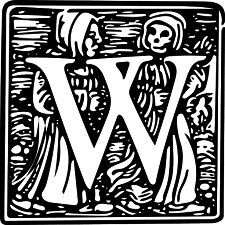 ELL, THAT WAS A LOUSY HIATUS! I wish I had gone fishing. Three surgical procedures, a nasty bout with COVID, and just this month, unpleasant reactions to Vaccination One and Two. These twenty-two months didn't kill me but I doubt they made me any stronger.
ELL, THAT WAS A LOUSY HIATUS! I wish I had gone fishing. Three surgical procedures, a nasty bout with COVID, and just this month, unpleasant reactions to Vaccination One and Two. These twenty-two months didn't kill me but I doubt they made me any stronger.
Anyway, I'm back. Readers who have requested to be informed of my return have been notified personally by email. For the rest, which strangely includes a number of regular visitors to this website, I have so far respected their wishes, hoping they'll wander back on their own, but I'm vacillating over whether to contact them after all. The reason I would do this is that this particular article ought to be of particular interest to anyone who collects Domitian's coins.
I seem to have found an obverse die link between two coins in the Hazelton coll., RIC 64--
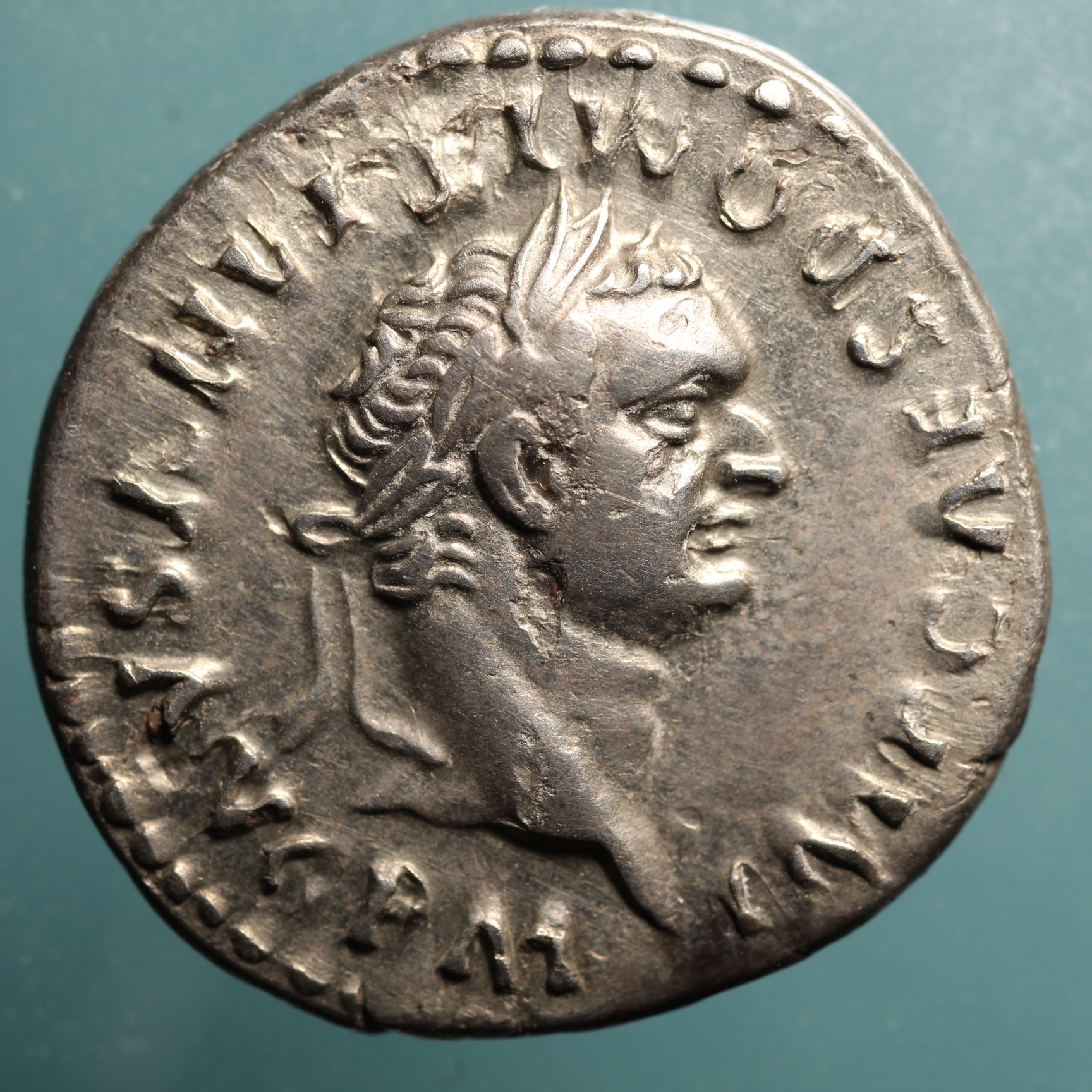
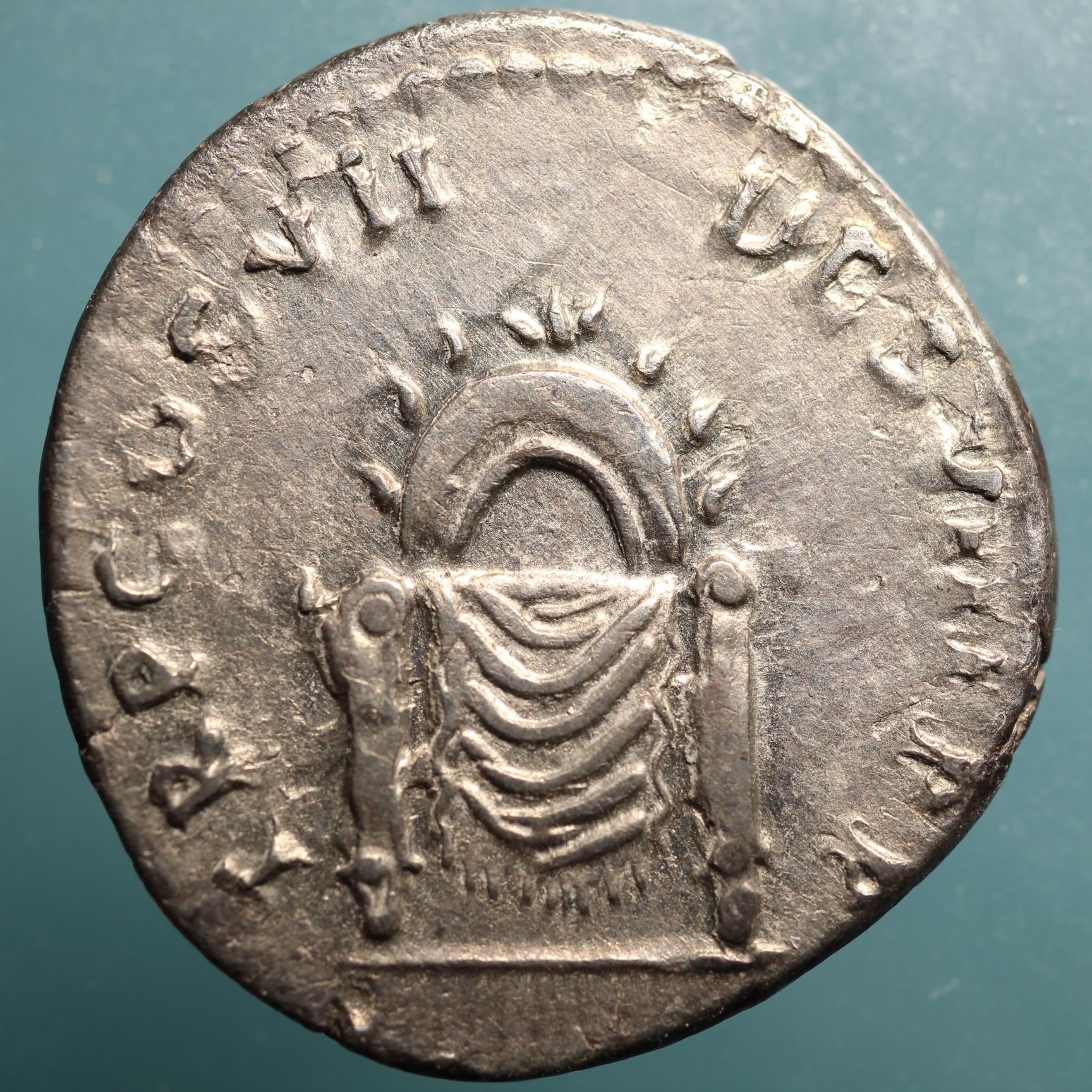
And RIC 67--
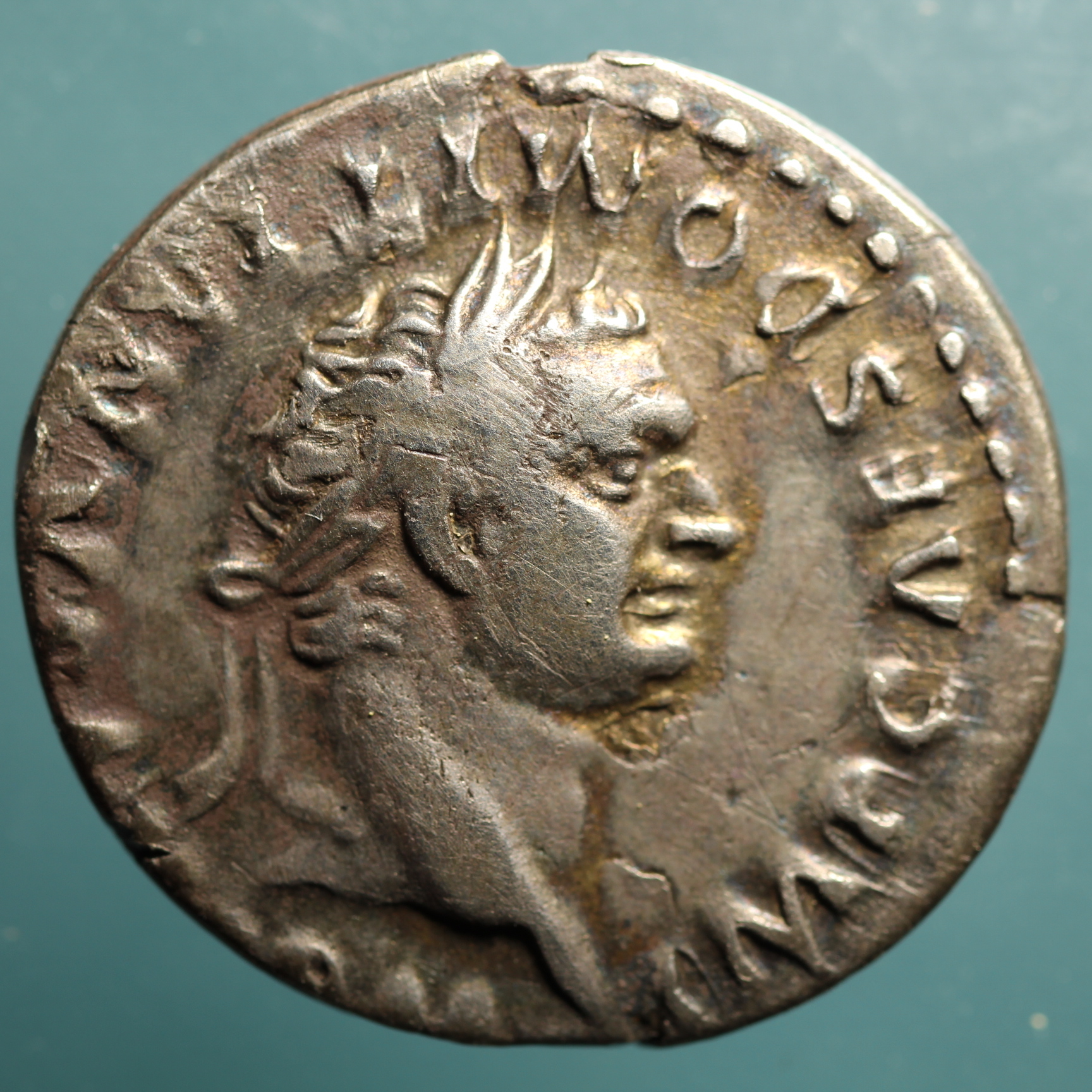
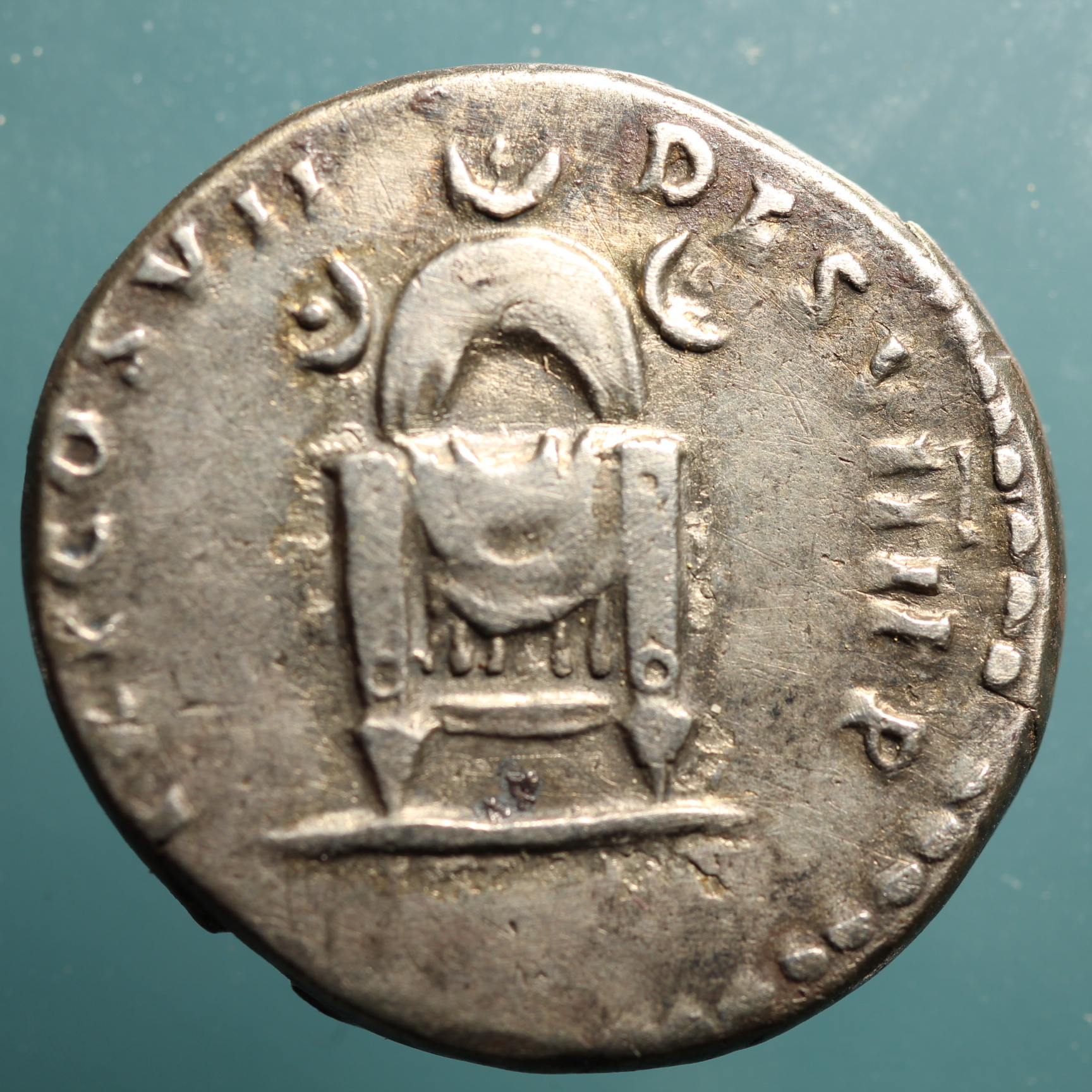
Compare them side by side--


The lettering caught my attention first, especially that weirdly-shaped M in IMP. I like to tell people, "I can never remember a name but I can always forget a face." I certainly would have missed it if the two coins hadn't been one on top of the other in the thumbnails.
So what does this mean? R.I.C. (Carradice and Buttrey, The Roman Imperial Coinage, Volume II--Part 1, 2nd ed., London, 2007) asserts that there aren't any obverse die matches between different reverse types in this Group 4 issue from 81 A.D. I doubt I have found the first and only example that refutes this statement. Therefore these two reverses must be variations of the same reverse type--


I don't think this will come as a surprise to anybody. They are awfully similar. It makes identification trickier though, doesn't it? Ceres on the left and Diana on the right doesn't really work anymore. Furthermore, Alberto Tricarico points out that the corn ears version, the one on the left, is totally missing from the Titus series.
The characteristic shared by both reverses is the pulvinarium itself, a draped throne beneath an arched canopy. Pulvinaria were carried as parade floats during festivals, the empty thrones meant to represent the gods themselves. Seems to me I read somewhere (or maybe it's just a product of a COVID fever dream, because I can't find it now to provide a citation) that the round canopy denotes a female deity, either goddess or diva, so we can start with that at least. It is the pulvinarium of a goddess. The most obvious difference between the two reverses is what decorates the canopies, which ought to be the identifiers.
On the left, is it grain ears, or is it flames, or is it holy water droplets from the Nile? On the right, are those crescent moons or cow horns with solar disks? Which goddess is described by both reverses? I would seriously love to have some different opinions here, so please write to me if you have any ideas. Because, in the meantime, until or unless somebody or something convinces me otherwise, I'm going with Isis, a goddess with strong Flavian associations. I don't know, it's just a feeling I have.

